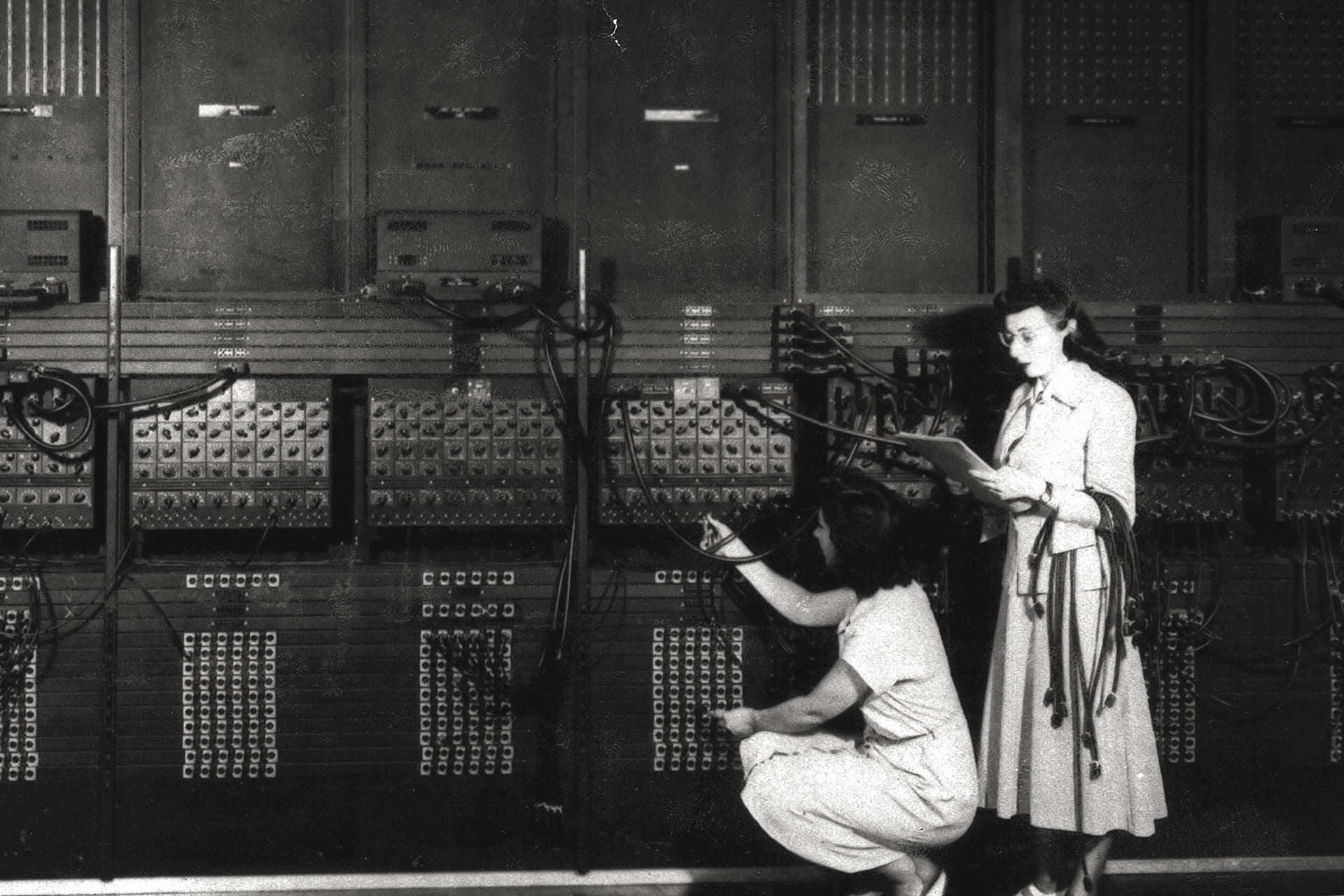Bain`s latest research has brought a lot of insights on the way IoT might change the businesses in the nearest future. The study predicts the combined markets in the field will reach $520Bn in 2021. Besides, data analytics will be the fastest developing sector of IoT, as per the research. That means system integration, connectors, consumer devices, network, data center are the key areas IoT market is going to focus on. Since the IoT is that promising, software testing is one of the ways to ensure high quality and make all these predictions come true.
But first, what to expect from IoT in the nearest few years?

Cloud Solutions
Bain sees cloud services as the most influential IoT provider. The research finds cloud providers might lower the barriers of IoT adoption making use cases easier to try and simpler to implement. Therefore, we might see the enterprises and industrial companies embracing cloud solutions for the sake of quicker product release and cost-efficiency.
Wider Availability
The first IoT software platforms provided all-in-one solution services. But such platforms lack flexibility and fail to satisfy unique user needs. Since the businesses take a more customer-oriented approach, we may expect the next generation of network services to better address the broader array of customer requirements.
A shift from the independent all-solution software platforms will make IoT applications widely-available at leading cloud providers such as Azure or AWS. New partnerships with cloud services, in-built security, broader marketplace are the characteristics customers expect from advanced IoT.
Transforming Businesses
We`ve already talked about the way 5G technology adds value to the connectivity issues making IoT a driver of industrial changes. The new network and wireless tech support can bring safety and real-time awareness in building autonomous vehicles. The tendency would support smart highways planning and develop a wireless transport ecosystem. Yeah, sounds like a fiction movie scenario. But what is clear now is that road communication and logistics might ripe benefits from using IoT.
Besides, software applications for remote healthcare would enhance the quality of medical services provided globally. Wireless support of surgery devices, data transfer, telemedicine are the sectors IoT might influence in future.
There are still places on Earth that lack urban roadside infrastructure, medical services, or global web access. Empowered by 5G, the Internet of Things might open the door to new ideas and problem-solving approaches.











